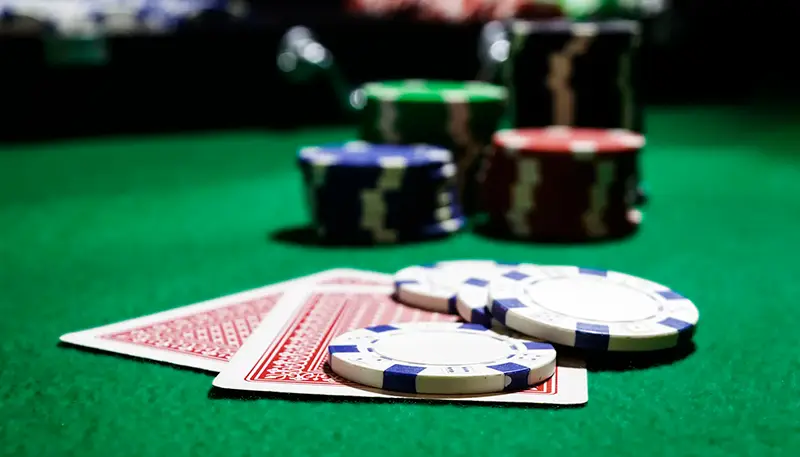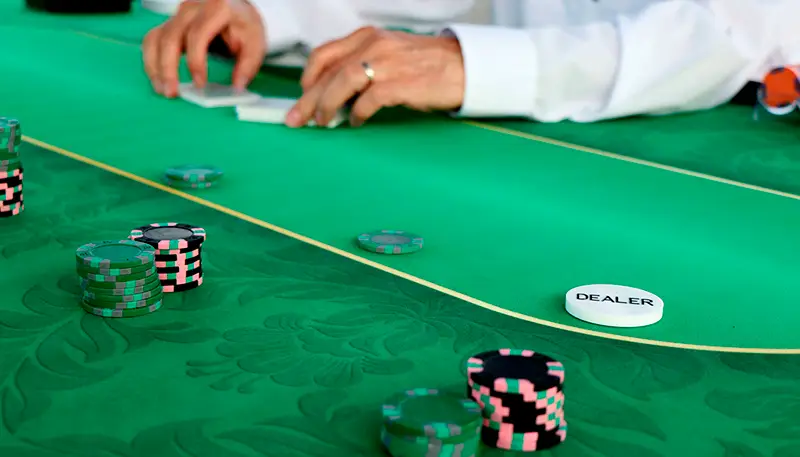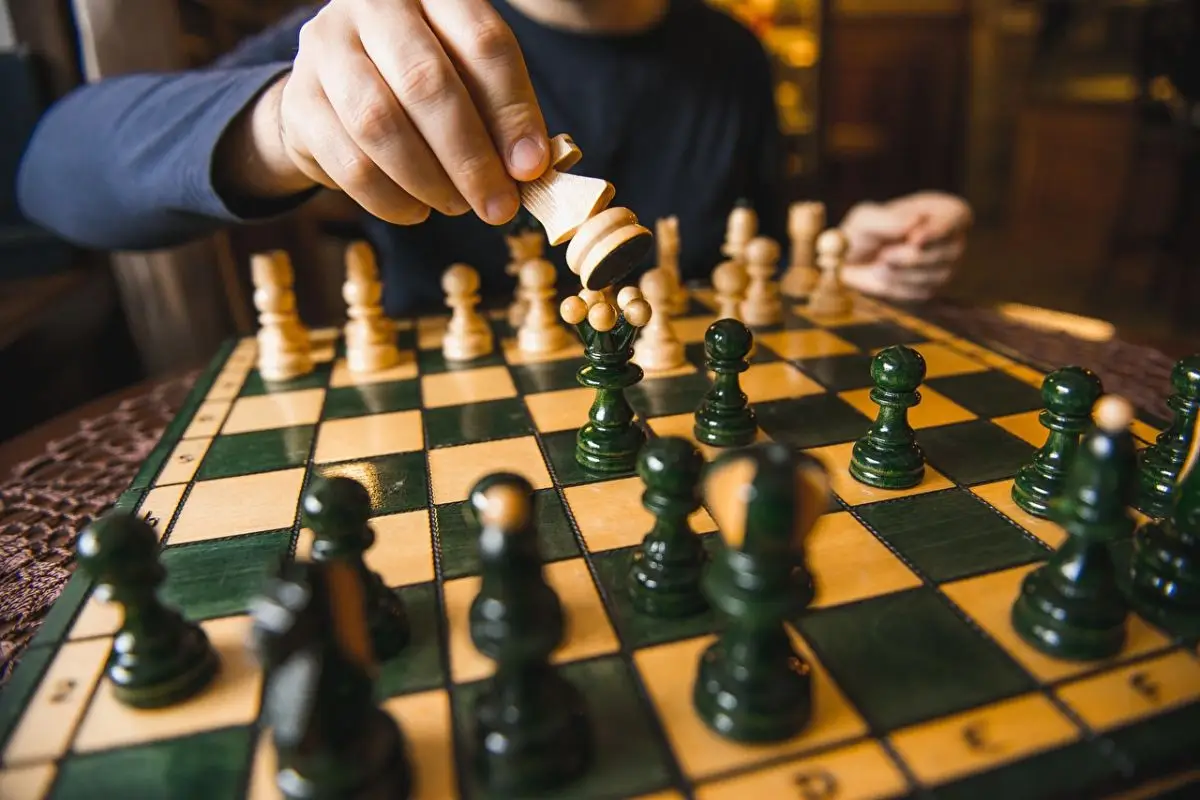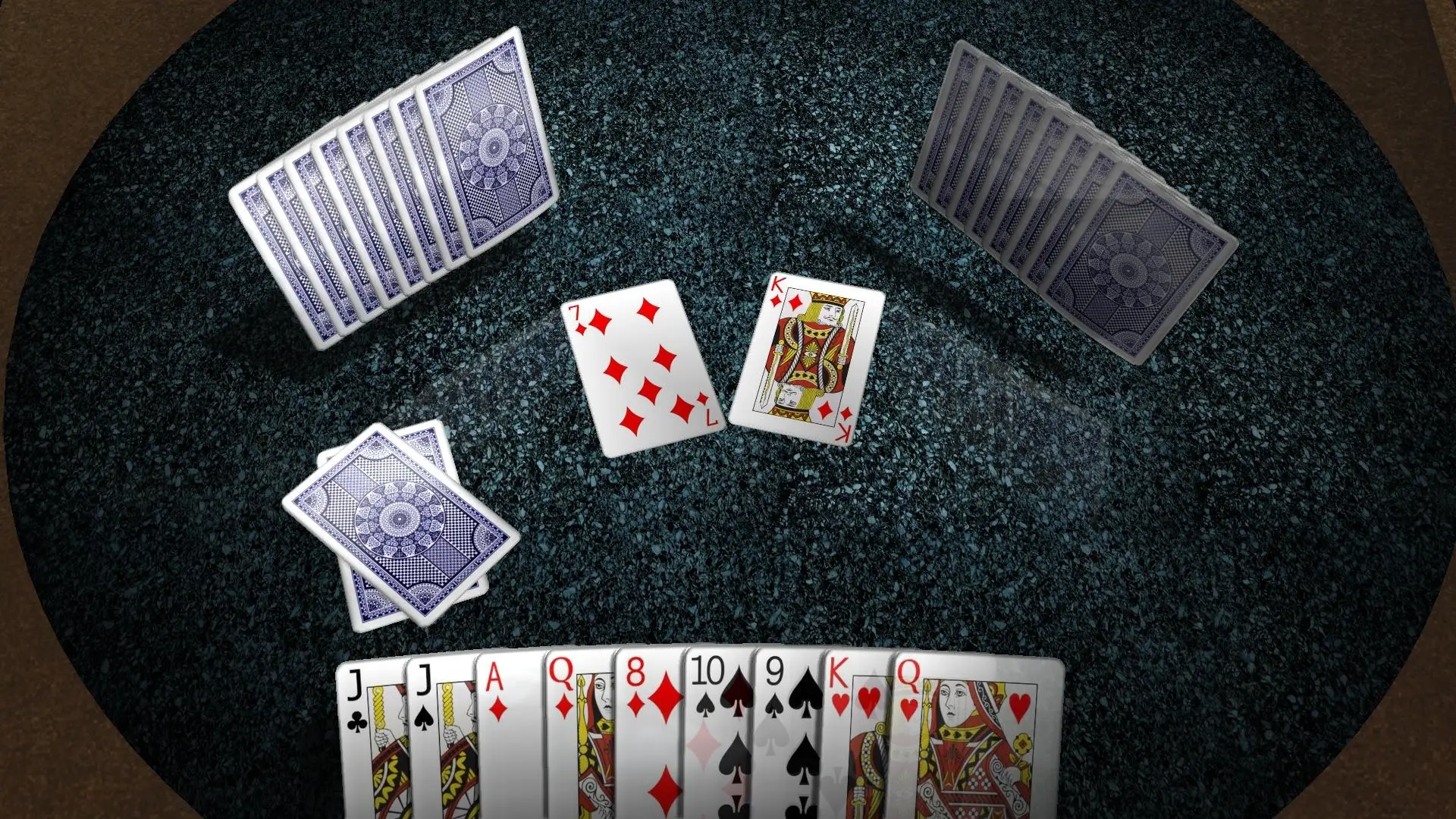The poker championship is not a lottery or a film about luck. It’s not luck that wins here, it’s systematic. Understanding the stages, strategies and numbers in a poker game is not just a chance to win, but a way to gain an advantage over those who act on emotion. To understand how to enter a poker tournament, you need to start with the basics. It is important to understand the structure of battles at the poker table, how to control emotions and manage your bankroll wisely. It’s also important to be able to adjust to the game over the long haul.
Choosing a format: what sets the starting point
With dozens of options at the starting line, how do you enter a poker competition? Straightforward selection starts with the format:
- online poker tournaments allow you to switch on from home, choose limits and participate in dozens of events in parallel;
- offline poker tournaments give a physical feel for the game, readability of opponents, but require travel and discipline at the table.
The key is to check the structure of blinds, stacks and the length of the levels beforehand. Poker games with fast levels are suitable for aggressive strategies, long ones for patient ones.
Buy-in: the entry ticket to the system
Entry into any event begins with a poker buy-in – a fixed amount to enter. The range is from $1 to $250,000 at Triton Series tournaments. The average buy-in on major online platforms is $33-$55.
Knowing the buy-in is important not only as a fact of entry, but also as a signal to the field of players:
- buy-ins up to $11 are more likely to attract losers;
- Medium ($22-$55) form fields with a mix of recreational and regs;
- buy-ins of $109 and up require a willingness to make tough decisions from the first level.
How to participate in a poker tournament wisely? Make a choice within the bankroll: no more than 1-2% of the total amount.
Initial stage: gathering information, not chips
The first stage is not a chip race. It’s cash chess. This is where the basics of how to play in poker tournaments are revealed: reading your opponents, managing your stack, recognising weak players.

At the start of this card game championship, most of the participants have deep stacks. The level of aggression is minimal. It’s all about analytics:
- Which opponents are opening a lot of hands.
- Who protects the blinds.
- Who “surrenders” to a 3-bet.
Here it is important not to build up the stack, but to avoid collisions without a strong hand. Statistics show that 70% of winning MTT players refrain from ollins in the early stages.
Middle stage: the beginning of a turf war
 Knowing how to compete in a poker tournament means knowing how to adjust to a shrinking stack, growing blinds and considering the impact of ICM on every decision. Strategies are changing dramatically. Now it starts with:
Knowing how to compete in a poker tournament means knowing how to adjust to a shrinking stack, growing blinds and considering the impact of ICM on every decision. Strategies are changing dramatically. Now it starts with:
- active stalling from the batton;
- defending blinds with marginal hands;
- using position as a weapon.
The current stage of poker competition is characterised by increasing pressure. Players’ stacks are shrinking and there is a fear of busting out in front of the ITM (In The Money) zone. Competent aggression here gives you the opportunity to increase your chip winnings without revealing your cards.
Bubble: where cold-bloodedness wins the day
The bubble stage is the pre-prize stage. Often decides the fate of the championship. How to participate in a poker tournament – control your emotions, read the motivation of your opponents and attack those who are playing “for the money”, not for the finals.

Players with short stacks are more likely to fold even in favourable situations. Players with medium stacks – fall into a stupor. And a large amount of chips can be stacked with impunity.
ITM and the late stage: money is not a victory yet
After hitting the prizes comes a second life. Understanding how to participate in a poker tournament to reach the final table comes first. Conditions:
- blinds have gone up a lot;
- many participants are in the under 30 BB zone;
- most decisions are push/fold.
At this point, aggression and timing decide everything. Players who continue to play passively are eliminated without a chance at the top 3.
Final table: the game starts all over again
The final table requires a rethinking of strategy. Playing strategies here depend entirely on stacks and positions.
The deciding factors are:
- realignments against specific players;
- ICM management (difference in prize money between places);
- defining pressure zones.
A classic mistake is isolating short stacks early. Professionals use small sizing and create “traps” for impulsive players.
How to enter a poker tournament: A plan
A step-by-step and precise plan:
- Determine the type of championship: online or offline.
- Select the limit and buy-in according to the bankroll.
- Analyse the structure of levels and stacks.
- Adjust the strategy to the stage of the competition.
- Be disciplined in the beginning and aggressive on the bubble.
- Use positions for stalling.
- Study the behaviour of your opponents.
- Choose moments for flushes and 3-bets.
- Keep your cool in ICM zones.
- Play to win, not just to get into the prizes.
Heads-up: not a duel, but a dissection of behaviour
The final part here reveals the essence of understanding how to participate in a poker tournament to the end, not just “make it”. The difference between first and second place in prize money is a multiple of that. But the main thing is the difference in approach.
The game becomes maxed out in terms of frequency of decisions:
- almost every hand is a raiser or a 3-bet;
- every action is a psychological struggle;
- every bet is an opportunity to take the pot without a showdown.
The strategy shifts to exploit play: analysing timing, catching patterns, isolating mistakes. At this stage, it is not the “best player” who wins, but the one who has read the opponent more deeply.
What determines the outcome
Understanding how to compete in a poker tournament requires a synthesis of skills. Success does not depend on a single hand. The winner is the one who systematically applies a set of factors:
- Strategy – adapting to stage, stack and field.
- Discipline – avoiding marginal decisions for the sake of momentum.
- Reading the field – constant observation of player dynamics.
- ICM navigation – accurate calculation of the prize structure.
- Psychology – controlling tilt factors and emotional failures.
- Technical background – understanding ranges, push/fold tables, EV solutions.
Conclusion
 Poker competition isn’t about cards. It’s about adapting, attacking and waiting. How to participate in a poker tournament means consciously entering a system where not just the strongest win, but the most flexible. Each stage has its own rules. The player has his own scenario. Each championship is a separate book with a unique ending. In any such book, the title line is the same: play not to participate, but to win.
Poker competition isn’t about cards. It’s about adapting, attacking and waiting. How to participate in a poker tournament means consciously entering a system where not just the strongest win, but the most flexible. Each stage has its own rules. The player has his own scenario. Each championship is a separate book with a unique ending. In any such book, the title line is the same: play not to participate, but to win.
 en
en  ru
ru  de
de  ar
ar  es
es  nl
nl  hi
hi  fr
fr  it
it  pt
pt  el
el 













